Successful romance novelists offer many insights into how to write love stories that hook readers. Read 7 quotes that give insights into telling great love stories:
How to write love stories according to romance writers:
- Decide on a primary conflict
- Write romance you want to read
- Subvert stereotypes to write real people
- Be the romance novelist you're missing
- Read beyond your genre
- Examine characters' romantic motivations
- Cut what you don't need
Let's explore these romance ideas closer:
1. Decide on a primary conflict
Author Nicholas Sparks (though not a genre romance author, more a love story writer) wrote beloved romantic novels such as The Notebook and Message in a Bottle.
When asked where he finds inspiration for romantic stories in an interview for CliffsNotes, Sparks says:
From events in my life, from people I know, from articles that I read, or conversations I overhear. The question I always seek to answer first has to do with the primary conflict (what keeps the characters apart). I've learned to keep my mind open to ideas from any source.
Decide what keeps your characters apart early. This will help you devise additional scenarios and scenes arising from that conflict.
Some examples from popular romantic novels, films and series include:
- Interfering parents/wartime drafting (The Notebook)
- Lovers being from feuding families (Romeo & Juliet)
- Being part of a circle of platonic friends (Ross and Rachel in Friends, Jess and Nick in New Girl)
- Marriage to another person (Anna Karenina)
- Having a mistaken impression of the other (Pride and Prejudice)
How will the primary conflict keeping lovers apart affect their choices, fears and goals?

2. Write romance you want to read
Many romance novelists are prolific. Nora Roberts has published over 200 romantic novels.
In an interview with The Guardian, Roberts describes the liberation that comes with writing romance your way:
Roberts released her first standalone romantic thriller, Hot Ice, in which a Manhattan socialite crosses paths with a thief on the trail of a hidden fortune, in 1987. “I could use swear words! The relationship was still key, but I could develop the characters, every scene didn’t have to be together or spatting or making up. A friend of mine once said that category romance is all the elements of a book – the lighting, the costumes, the characters, the music – in a phone booth. And I could get outside the phone booth.”
What conventions as a romance novelist would you challenge or abandon?
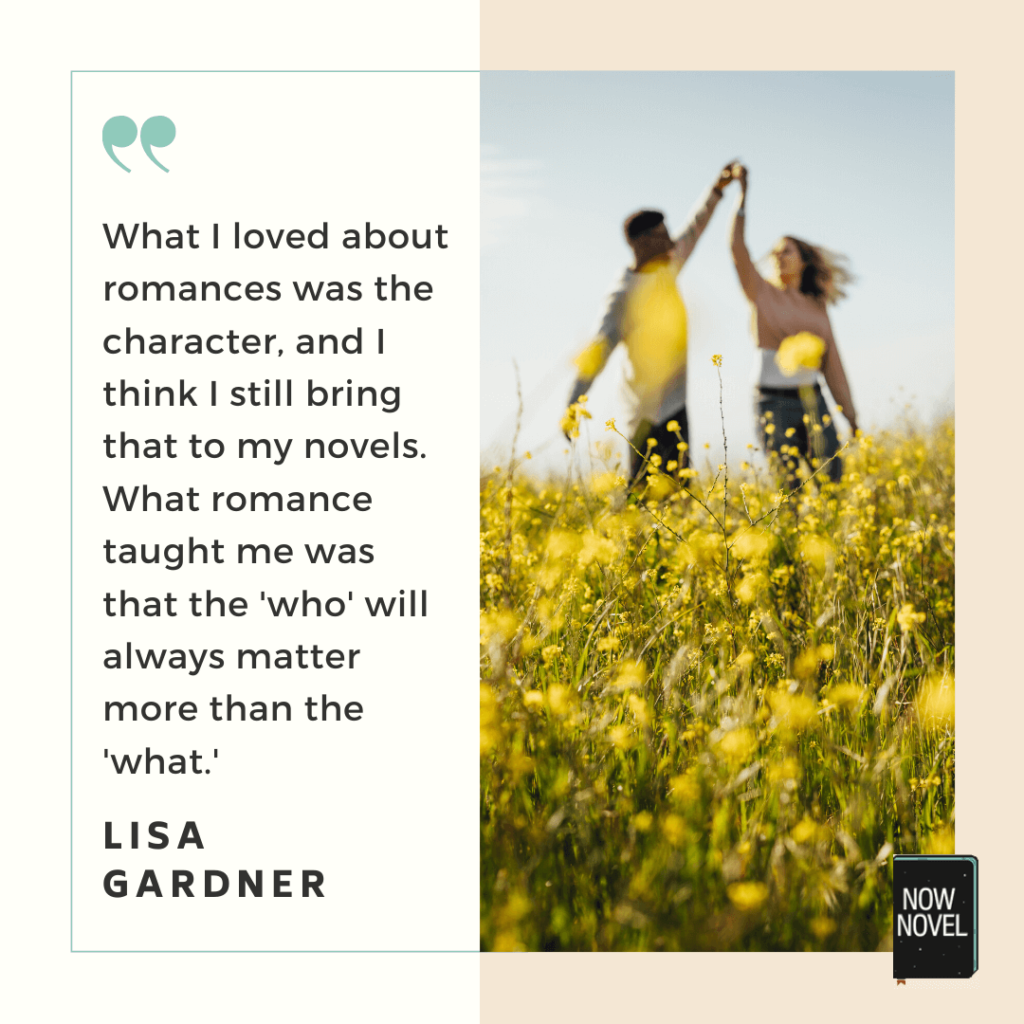
3. Subvert stereotypes to write real people
Many romance novelists writing category romances in the past simply reproduced the time's stereotypes, uncritically. Girl-who-has-nothing marries rich oil sheik. POC is an exotic, dangerous and forbidden attraction for caucasian heroine.
Contemporary and erotic romance author Alisha Rai writes romances that subvert racial and other romance tropes and stereotypes. As Rai puts it to Bustle:
I'm not sure if I ever have an actual process when I create characters, but I do very carefully consider every trait and action to try to make sure they don't fall into harmful stereotypes. Subverting them when the stereotype falsely says that the person should be unloved or not powerful — by giving them love and power — that's actually a pleasure. I like to write people, and people are rarely stereotypes.
Writing about a romantic lead who belongs to a culture or group different your own? Do research. Find a sensitivity reader or good editor to ensure that inadvertent stereotypes and played out tropes don’t detract from the story.
4. Be the romance novelist you’re missing
Toni Morrison famously said ‘If there's a book that you want to read, but it hasn't been written yet, then you must write it.’
Romance author Beverly Jenkins is one such author. Her first novels, for example, told stories of African-American experience that did not exclusively center stories of the civil rights movement. As she told Jezebel:
There’s so much history that is not taught in schools surrounding or concerning folks of color who have made their contributions to American history. I’ve said before, I look at it as a quilt. The pieces pertaining to African Americans or Chinese Americans or Japanese Americans or Native Americans have been some of it ripped out, some of it cut out. And so I look at it as—I don’t know if you want to use the word ministry—to stitch those pieces back into the quilt.
5. Read beyond your genre
Harlequin has guides to each category romance genre and what it typically includes.
Yet writing a romance that grips readers - readers of any sex and reading preference - requires that all elements of story are engaging.
Reading widely and beyond the romance genre is a useful way to develop different aspects of your writing.
Author Colleen McCullough - whose The Thorn Birds, a forbidden romance saga, is the bestselling Australian book of all time - said this when asked what books helped her develop as a writer:
I can’t remember any standing out above the flood. I was omnivorous and totally eclectic in my choice of books, which, in a time of acute paper shortage, were seized upon eagerly as something to read in a desert.
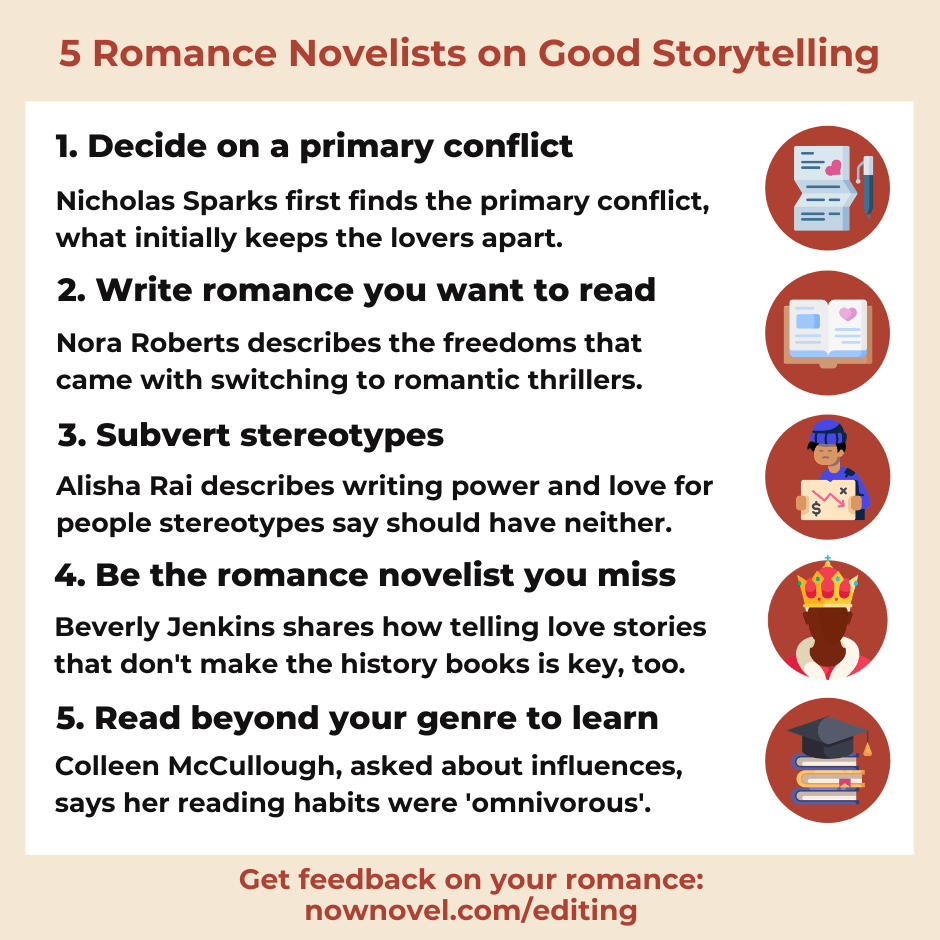
6. Examine characters’ romantic motivations
Romance stories often explore ideas such as:
- What do we desire, and why?
- What are the benefits and drawbacks of physical and emotional intimacy?
- Why do relationships work or dissolve into conflict?
Author Helen Hoang’s 2018 novel The Kiss Quotient tells the story of an autistic woman who hires an escort.
Hoang described to NPR how the idea for the novel arose out of examining the motivation for a successful woman to hire an escort:
I'd been considering writing a gender-swapped Pretty Woman, but I didn't know why a successful, beautiful woman would hire an escort.
And I puzzled over this for a long time. And it was a meeting with with my daughter's preschool teacher that really brought things together for me — she told me that she thought my daughter was on the autism spectrum, and that was very surprising for me, because at that time I hadn't had much exposure to autism, but I came home and I researched it […]
Then I was thinking about autism, and one of the big things they say is there's difficulty with social interaction. And that's something that I can really empathize with. And I thought, wouldn't that be an interesting reason to hire an escort.
This reminds us that it’s important for readers to understand why characters make the romantic (or purely carnal) choices they do.
What background events or underlying conditions explain their romantic behaviour?
7. Cut what you don’t need
Diana Gabaldon’s Outlander series has proven hugely popular. A genre-defying romantic saga about a 20th Century British nurse who travels to 18th Century Scotland, it has spawned 8 novels (with a ninth in development), as well as a Starz TV series that has been renewed for a sixth season.
Gabaldon offers great advice for managing length in a longer historical romance epic on her blog:
Answer to the Question: “How do you decide which words to cut?”
You cut the ones you don’t need. The very last thing I do to a manuscript before sending it to the assorted editors (in US, UK and Germany) is what I call “slash-and-burn:” I go through it one word at a time, chanting (silently) “Do I need this word? Do I need this sentence? [...] And if the answer is no, I pull it out [...] and save it, so I can pull things back in if I change my mind or realize that I do need X because it’s attached to a later Y that won’t make sense if X isn’t somewhere, even if not where I originally put it).
The best romance novelists invest in good editors. Get a no-obligation quote for a manuscript evaluation now.


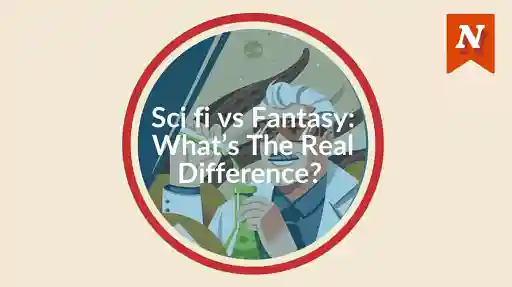
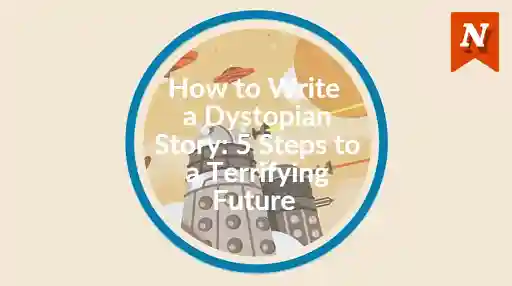

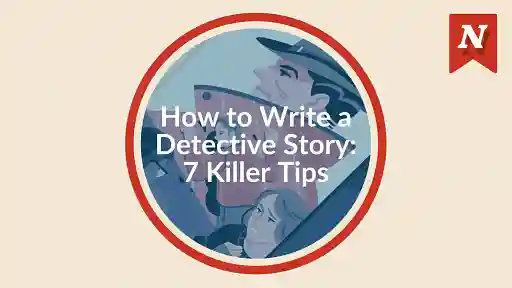
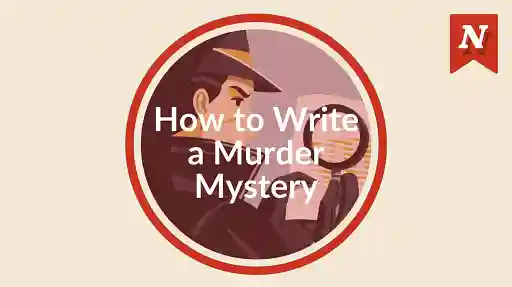



You made a good point that desire is huge driving force that governs a lot of romance stories. I've been thinking about picking up some young adult alternative fiction romance books soon because I'm planning to write a paper that surveys how the romance genre has been changing throughout the years. I would also like to make sure to point out the elements that managed to stand the test of time and are still loved by contemporary readers.
Alice Carroll - Over 4 years ago
Hi Alice, that sounds like a great paper, I'd be interested to read it. I was watching a director roundtable the other day where they were talking about Hollywood heyday romance movies, and the director Patty Jenkins was saying good love stories strike a balancing act between two key emotions of love - desire and fear, plus how this shifts when one party gets (or wants to get) the upperhand. It was an interesting take on romance as a genre, too; where its core tension comes from. Thank you for sharing your thoughts and for reading our blog.
Jordan - Over 4 years ago